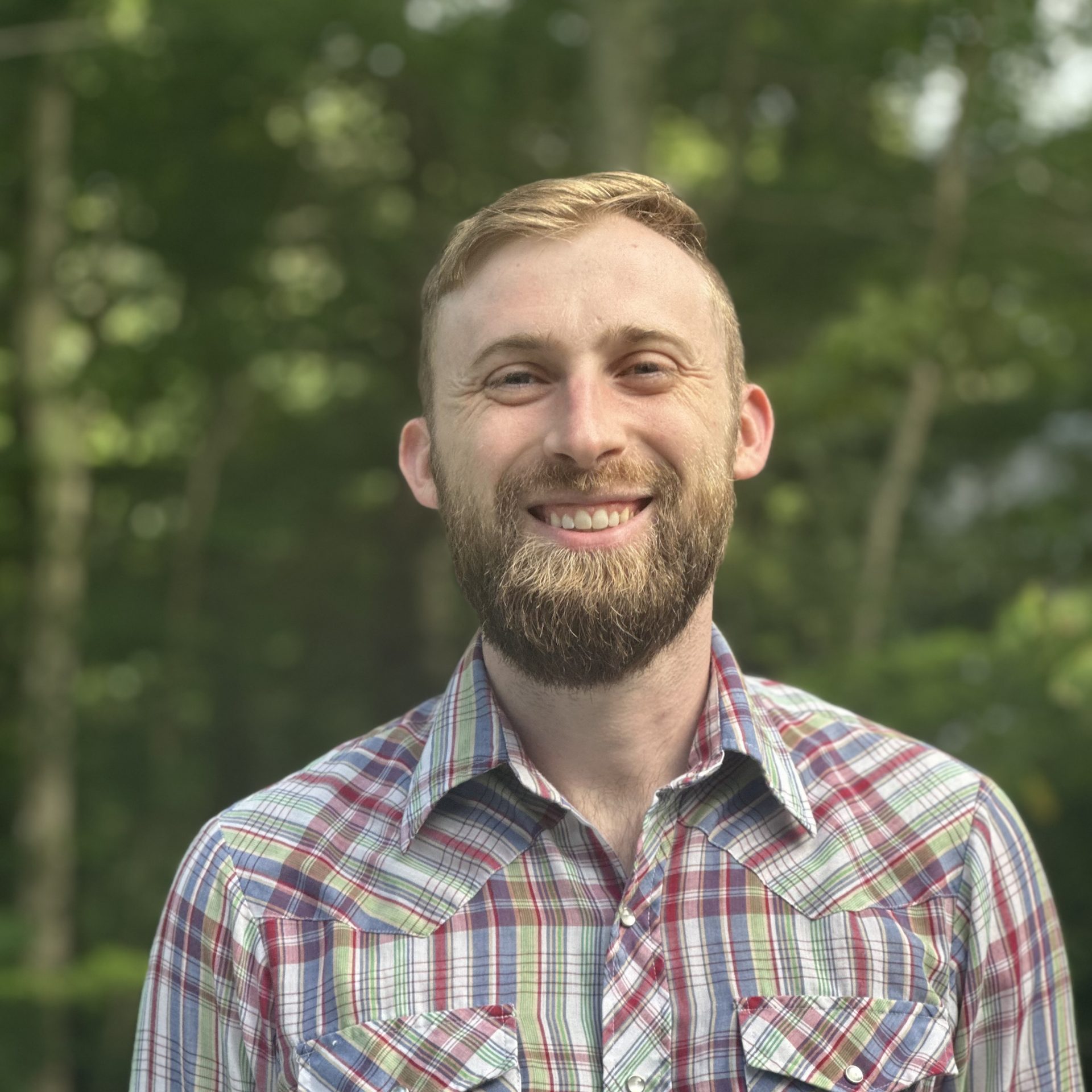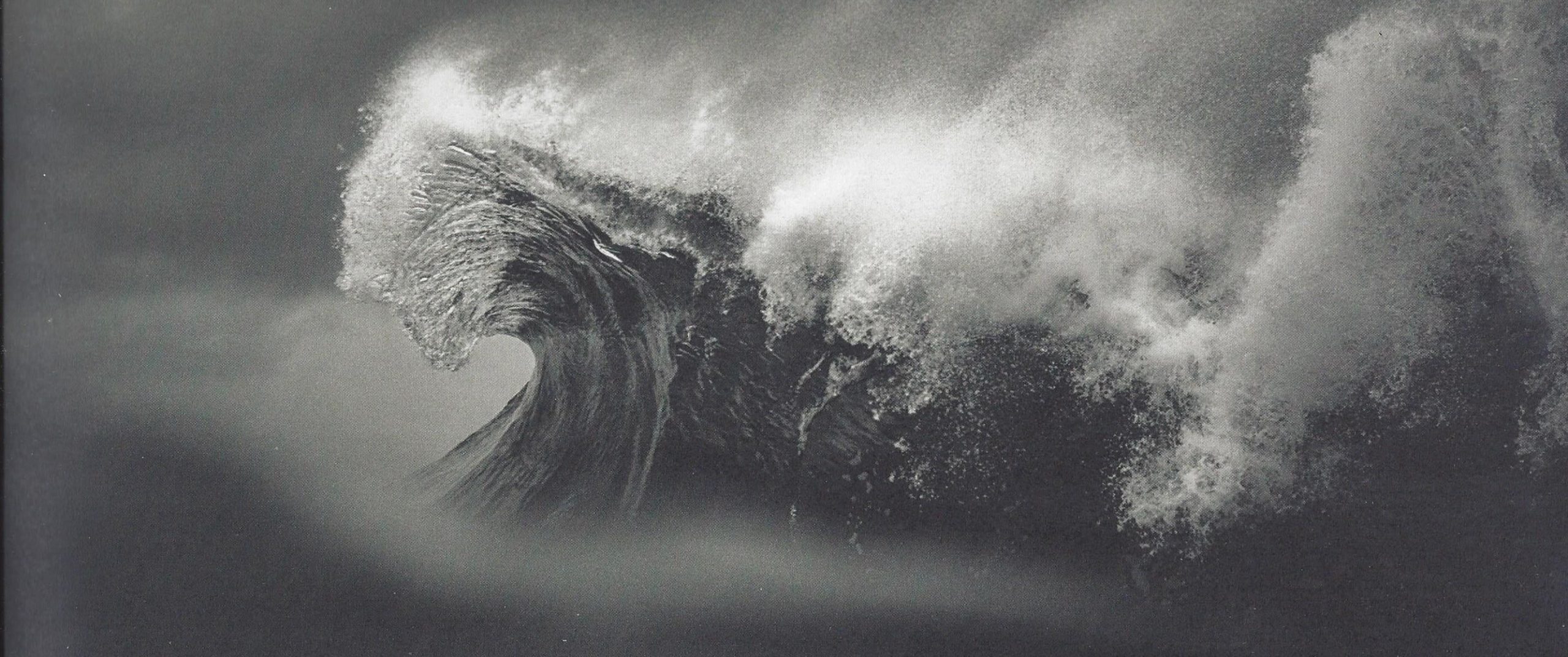Benjamin Barr
Postdoctoral Investigator
Department of Physical Oceanography
Contact Information:
Tel: (512)-415-7939
benjamin.barr@whoi.edu
Office: Clark 214a
Mailing Address:
266 Woods Hole Road, MS #21
Woods Hole Oceanographic Institution
Woods Hole, MA 02543
Research Interests
Air-sea interaction, air-sea flux processes in high winds (including ocean surface waves, sea spray, and upper ocean turbulence and mixing), tropical and extratropical cyclone intensification and connections to air-sea processes, coupled atmosphere-wave-ocean regional modeling, model and parameterization development, high-wind air-sea interface observations
Education
Ph.D. in Atmospheric Sciences, 2023, University of Washington, Seattle, WA
M.S. in Mechanical Engineering, 2012, University of Texas, Austin, TX
B.S. in Mechanical Engineering, 2010, University of Texas, Austin, TX
About Me
My research focuses on fluxes and physical processes in the air-sea transition zone and how they influence atmospheric systems such as hurricanes and extratropical cyclones. I am particularly interested in the physics of air-sea interaction in high winds, where phenomena such as wave breaking and sea spray ejection push the limits of current understanding and modeling capability. I work to extend scientific knowledge and predictive power for these challenging topics by developing process-based parameterizations and model coupling strategies and performing numerical experiments to explore the complex interactions connecting storms to air-sea processes. While at WHOI for my postdoc, I am also exploring techniques to make the difficult observations critically needed to understand high-wind air-sea interface physics and to calibrate models. Additionally, I am investigating strategies for using high-resolution simulations, such as Large Eddy and Direct Numerical Simulations, to calibrate the complex physics in parameterizations for weather and climate models. I view improvement of process parameterizations and atmosphere-wave-ocean model coupling strategies as a critical opportunity for enhancing our understanding of the air-sea transition zone in severe weather systems and our ability to protect the people and built environments that are impacted by severe weather events.
Copious spray droplet formation along a breaking wave crest. Photo: Ray Collins

